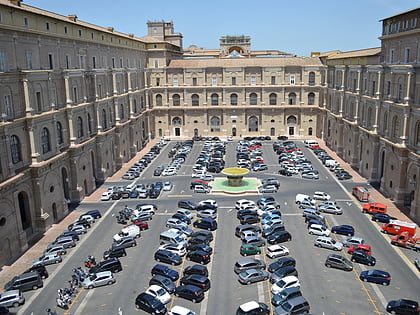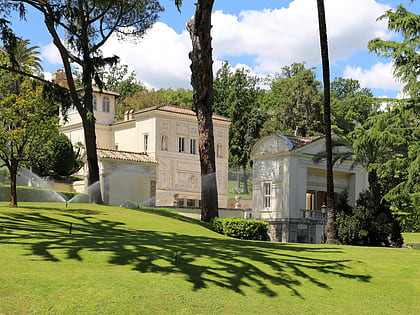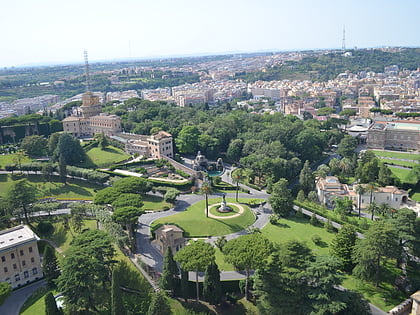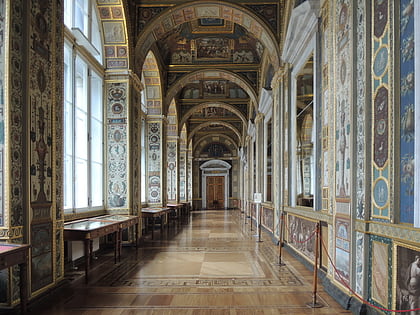Vatican City, Rome
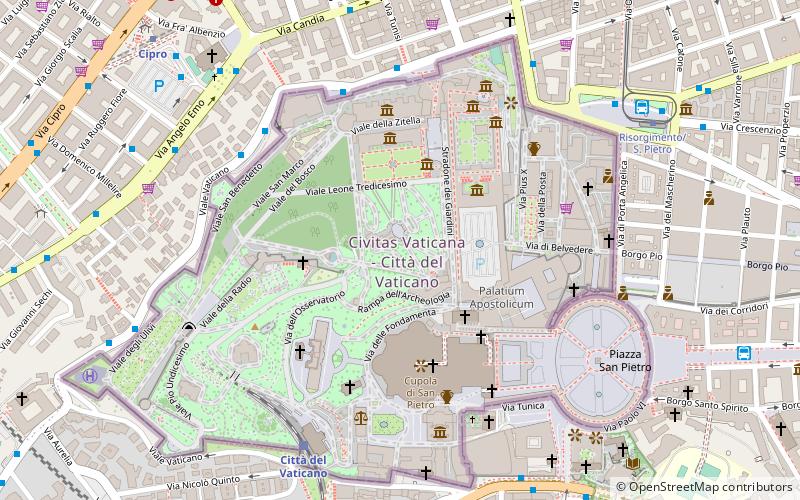
Facts and practical information
Vatican City, officially the Vatican City State, is an independent city-state and enclave surrounded by Rome, Italy. The Vatican City State, also known simply as the Vatican, became independent from Italy with the Lateran Treaty, and it is a distinct territory under "full ownership, exclusive dominion, and sovereign authority and jurisdiction" of the Holy See, itself a sovereign entity of international law, which maintains the city state's temporal, diplomatic, and spiritual independence. With an area of 49 hectares and a population of about 825, it is the smallest state in the world by both area and population. As governed by the Holy See, the Vatican City State is an ecclesiastical or sacerdotal-monarchical state ruled by the pope who is the bishop of Rome and head of the Catholic Church. The highest state functionaries are all Catholic clergy of various national origins. After the Avignon Papacy the popes have mainly resided at the Apostolic Palace within what is now Vatican City, although at times residing instead in the Quirinal Palace in Rome or elsewhere. ()
Vatican City – popular in the area (distance from the attraction)
Nearby attractions include: Vatican Museums, Borgia Apartments, St. Peter's Basilica, Apostolic Palace.
Frequently Asked Questions (FAQ)
Which popular attractions are close to Vatican City?
How to get to Vatican City by public transport?
Bus
- V.le Vaticano/Musei Vaticani • Lines: 49 (5 min walk)
- Bastioni di Michelangelo • Lines: 23, 492 (7 min walk)
Train
- Vatican City (7 min walk)
- Roma San Pietro (15 min walk)
Tram
- Risorgimento/S. Pietro • Lines: 19 (8 min walk)
- Ottaviano • Lines: 19 (13 min walk)
Metro
- Cipro • Lines: A (10 min walk)
- Ottaviano • Lines: A (12 min walk)
Ferry
- Sant'Angelo • Lines: Battelli di Roma (21 min walk)
- Ponte Cavour (28 min walk)
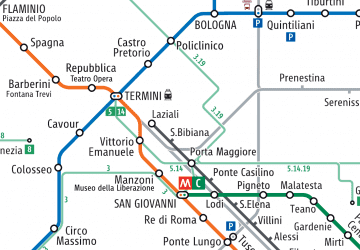 Metro / Tram / Rail
Metro / Tram / Rail






